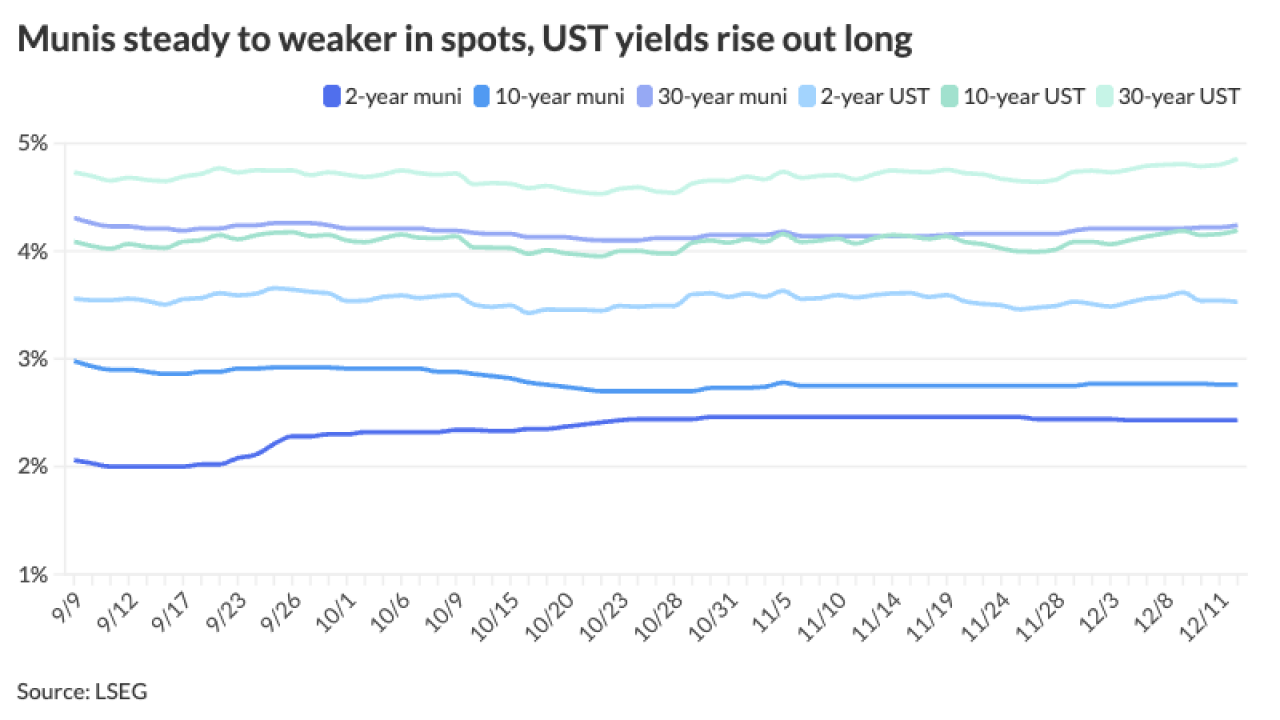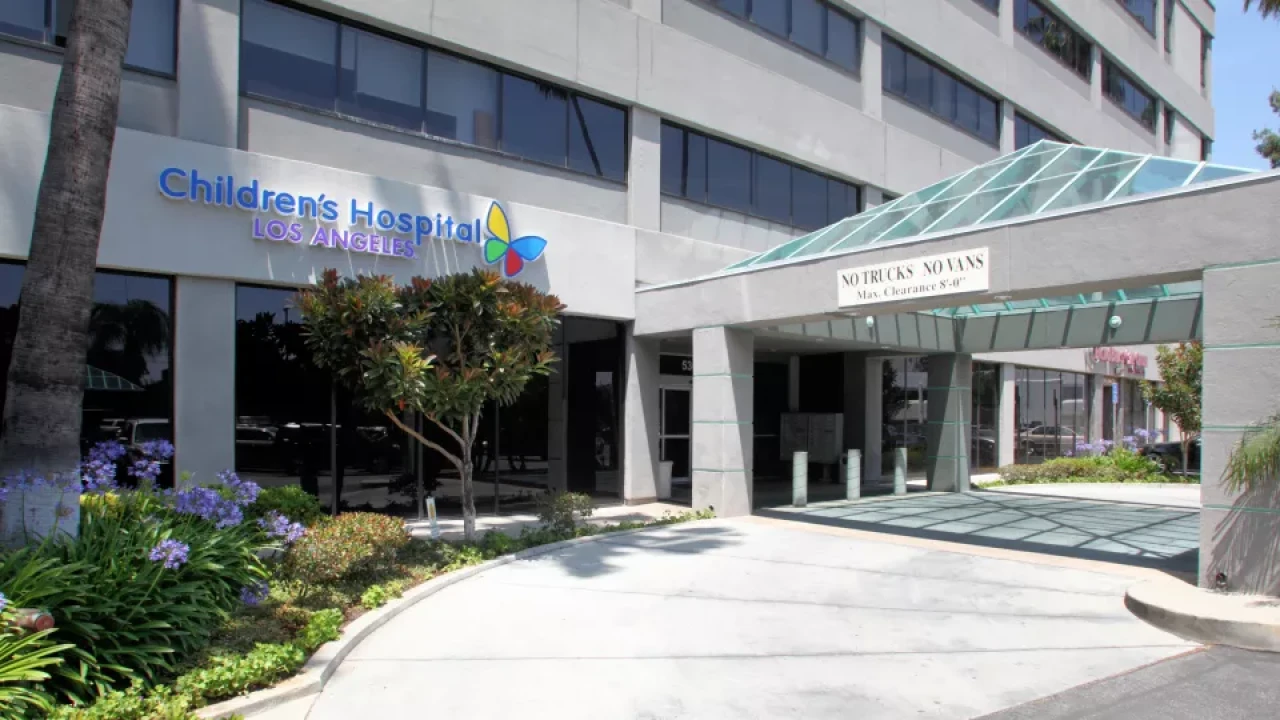The Federal Open Market Committee meeting on June 9 and 10 will be like no other, with just a few things certain: rates will remain at zero lower bound and the Summary of Economic Projections will get a lot of attention.
Fed members repeatedly said rates will stay low for “a long time” and stated adamant opposition to negative interest rates. The Fed skipped its regularly scheduled March meeting — having met two days earlier in an emergency session where it cut the fed funds rate target to a range between zero and 0.25% — and didn't release a dot plot.
With so many questions unanswered, or without answers, the dot plot could be little more than "a guessing game," according to Peter Donisanu, chief financial strategist at Franklin Madison Advisors. “We still expect the estimates to reflect a growth contraction in 2020 and a moderate recovery in 2021,” he said. “Such projections would be consistent with the messaging we've heard from various Fed members in recent weeks.”
The markets will look for clues how the Fed would respond to inflation if it were to rise quicker than expected. “This move higher in prices could happen if the economy, following trends in the labor markets, rebounds faster than expected. There's a real chance that faster inflation might develop into a concern for the markets and Fed.”
Greg McBride, chief financial analyst at Bankrate.com, said the markets always want to know what the Fed will do next. “With the economy at the polar opposite from what it was with the last round of projections in December, the Fed's usual 'overindulgent optimism' will be more like 'putting lipstick on a pig' this time around,” McBride said.
"Markets love low interest rates and Fed liquidity, both of which have been in abundant supply since March," he said. "But like the addict who always needs more, the focus is shifting to what the Fed will do next. While a pledge to keep rates at present levels until a specific time period or economic threshold is achieved is what investors would love to hear, it’s probably a bit early for that."
The post-meeting statement "will surely stress that uncertainty is high," according to Yohay Elam, currency analyst at FXStreet, but don't expect negative rates. “An outlook that is not outright downbeat may boost stocks and weigh on the dollar. A gloomy forecast that reflects double-digit unemployment through year-end and a return to pre-pandemic output levels only late next year, may trigger a sell-off.”
Federal Reserve Board Chair Jerome Powell’s unequivocal commitment to support the economy will likely keep the mood cheerful, he noted.

“Powell will nudge lawmakers to act to boost the economy, with a new fiscal plan still under consideration," Elam said. “If he conveys a sense of urgency, equities may suffer, while omitting such a message would imply things have improved.”
However, Sebastien Galy, senior macro strategist at Nordea Asset Management, thinks the panel is likely to announce it is considering negative interest rates. “The Mainstreet program will then be underway in all probability and they will update the economic projections, giving a slow but rapidly accelerating recovery in 2021 and a more optimistic message,” Galy said. “They will most likely pile on the pressure on Congress and the White House to deliver a second fiscal package as they do not seem to fully understand that this is in large part a liquidity crisis that hits small and very small businesses very hard. To please some Republicans, the Fed will likely clarify under which conditions it will eventually tighten monetary policy without much if any impact on the market.”
And while the Fed is widely expected to hold rates, the question is for how long? "The economic projections as defined by the dot plots will show the median rates to be below 50 basis points going out to 2022,” said Kevin Nicholson, global fixed income co-CIO at RiverFront Investment Group. “The market wants the Fed to give more explicit guidance regarding how long they will keep rates near zero.”
While the coronavirus pandemic has led to a surge in unemployment, inflation has been low for more than a decade. “On an absolute basis, inflation and the labor market make an airtight case for leaving the thrusters on at this week's meeting,” said Allen Sukholitsky, founder and chief macro strategist at Xallarap Advisory. “However, on a relative basis, the implications of a 1% inflation rate are very different from a 15% unemployment rate. What does policy look like a year from now if inflation is over 2% and unemployment is over 10%?”
Consumer expectations
Consumers are expecting higher inflation in the near-term, but longer-term projections held, according to the Survey of Consumer Expectations from the Federal Reserve Bank of New York. The expectations for one-year gained to 3.0% in May, a series high, from 2,6% in April, while the three-year outlookheld at 2.6%.
“Consumers grew comparatively more optimistic about labor market outcomes with earnings growth, job finding, and job loss expectations all slightly improving, but remaining far off pre-COVID19 levels,” the release said. “Expected income and spending growth as well as the probability of missing a future minimum debt payment also displayed improvements.”
Employment trends
The Employment Trends Index rose to 46.28 in May from a downwardly revised 42.53 in April, the Conference Board said Monday. The index is down 57.9% from a year ago.





